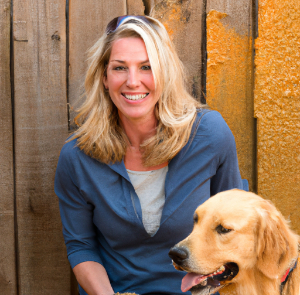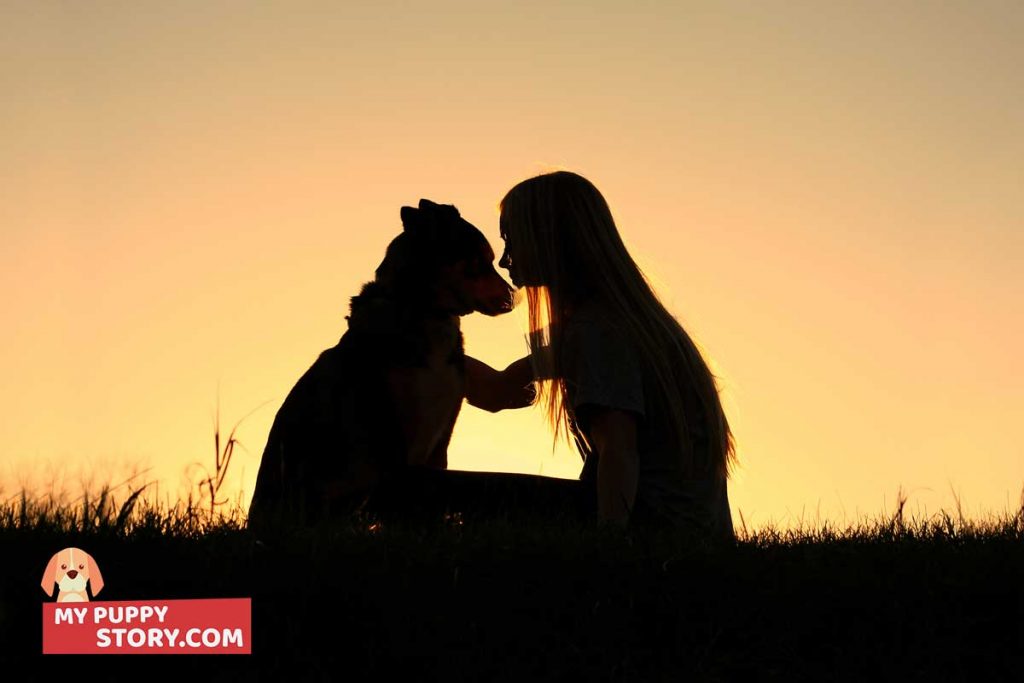
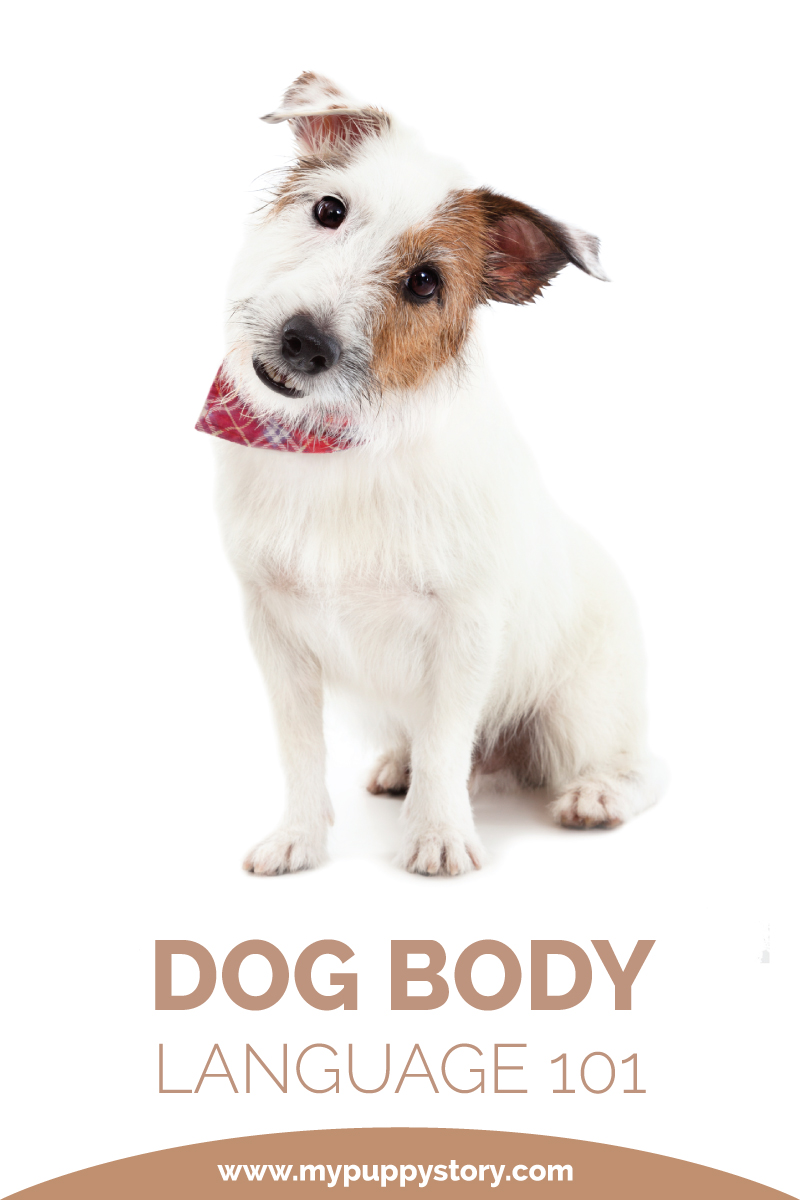
Ok, really…
Wouldn’t it be great if dogs talked, like converse in human languages?
It’d take out a truckload of the guesswork and uncertainty associated with consistently trying to read your dog’s feelings, actions, and what not.
But:
Even if that were possible in an alternate universe, verbal communication is but one form of communication. Non-verbal communication is just as important, if not more, even between humans.
In fact, according to human behavior experts, over 80% (that’s huge) of human communication is understood by interpreting non-verbal behaviors and cues.
I wouldn’t attempt to extrapolate that stat for human-canine communication, but the undeniable fact is that dogs are just as likely to express their emotional state, motivations, and intentions through non-verbal signals.
And it is a no-brainer why it is important to have the ability to understand these signals and vibes, holistically referred to as dog body language. Your ability to maintain top-level communication confidently and safely with your dog (part of which is the ability to read your dog’s vocal and non-vocal signals) is the very foundation of your owner-canine relationship.
Thankfully, reading a dog’s body language is not an impossible prospect.
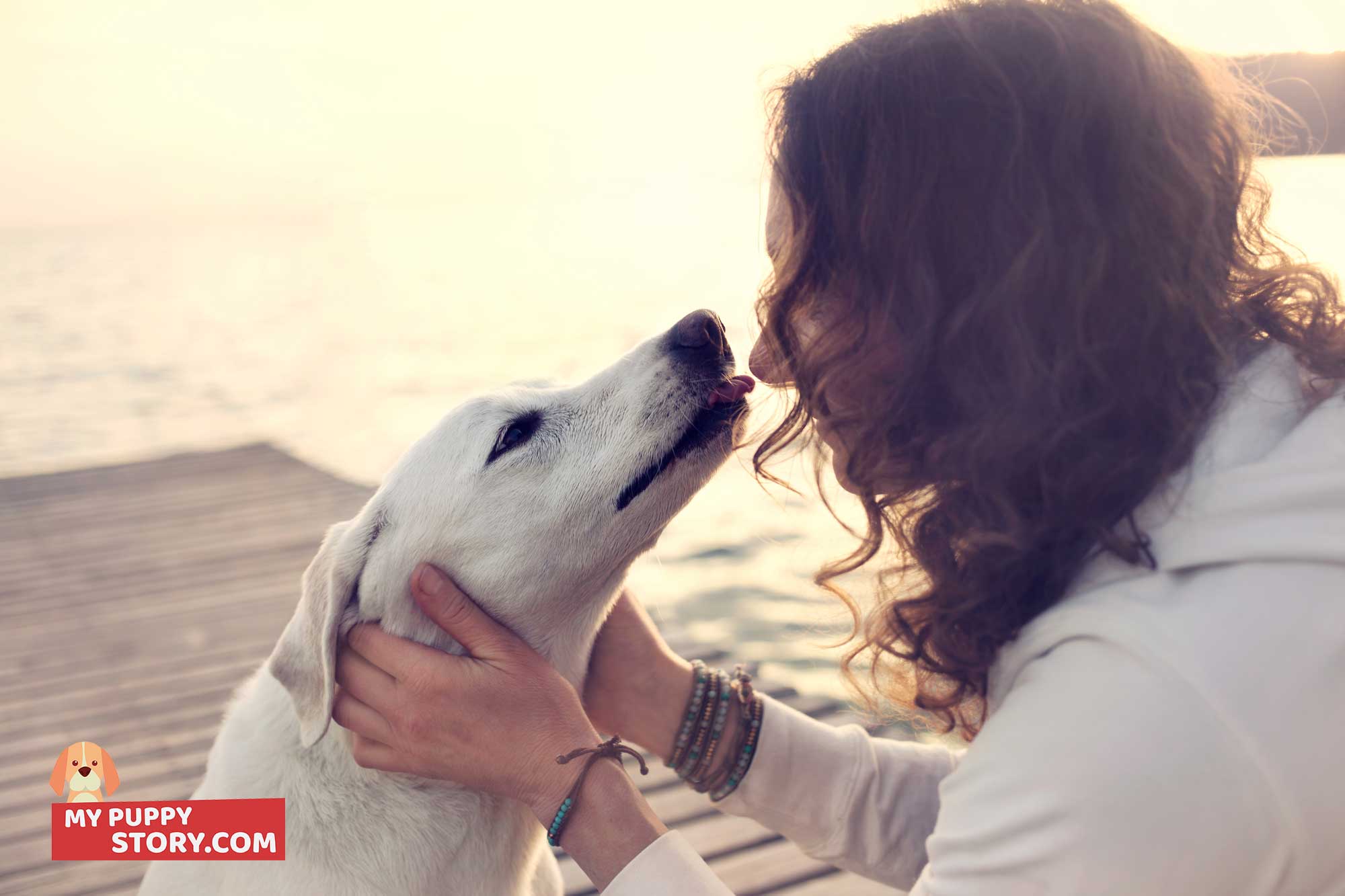
It starts with identifying how a dog primarily sends non-verbal signals.
To draw an analogy, humans send non-verbal signals using different parts of the body, such as:
Like human body language, canines use specific body parts for primary non-vocal communication. These parts include:
The three factors to note when observing your dog’s eyes are:
Size
Dogs have different eye shapes—round, almond, oval, triangular; dimensions; coloration; and retinal configurations. However, the more important attribute to watch out for is the relative size of a dog’s eyes—the relative size can tell a lot about his mood and emotional state.
A relaxed, happy dog has no reason to alter the normal shape of his eyes, and wouldn’t. Things change however, when there is a stimulus.
Direction and intensity of gaze
Between dogs, eye-to-eye contact isn’t a regular feature. It’s typically reserved for confrontations and prelude to rumbles. However, dogs learn it is ok to look directly at people.
You are most likely to get a whale eye when the dog is guarding a resource—toy, chew bone, or favorite spot.
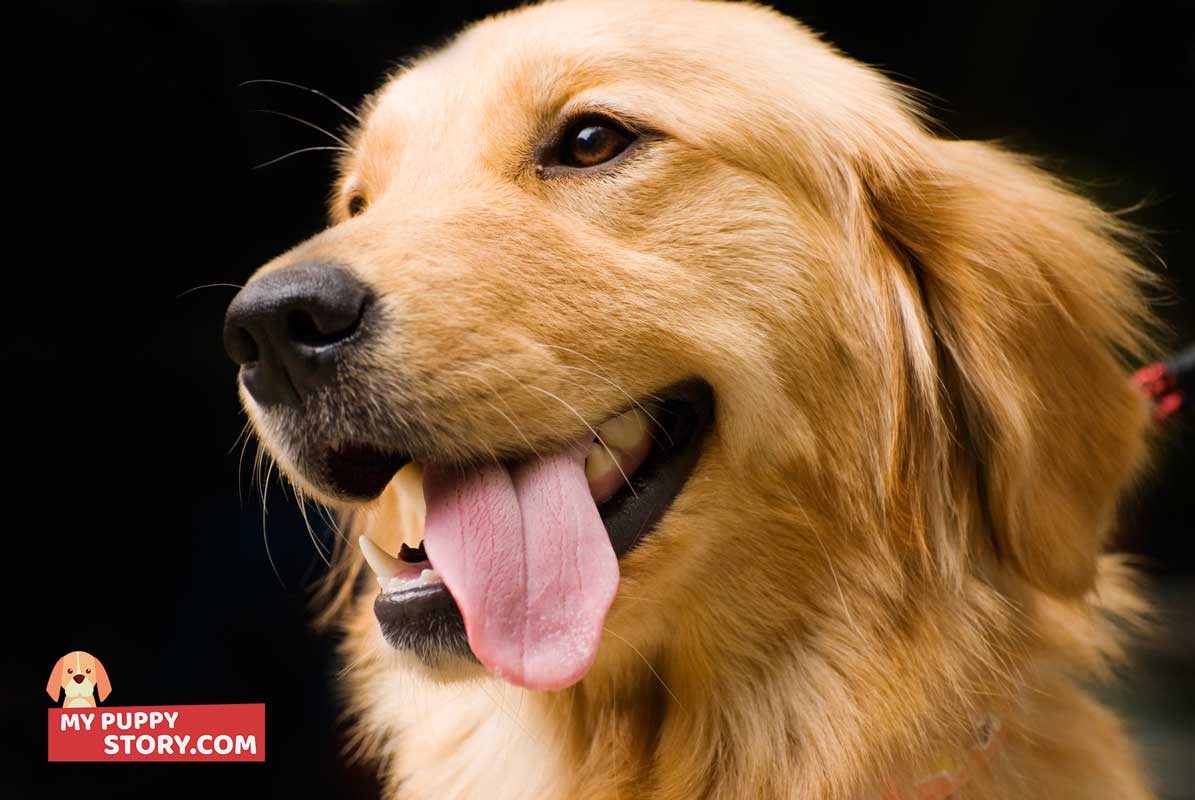
As regards reading the non-vocal language of a dog’s mouth, you want to pay attention to the positioning of his lips, jaws, and teeth in tandem.
Some of us have the exciting ability to wiggle their ears. For dogs though, it is more of a standard trait. And you can use the ear positioning of your dog to ascertain his underlying emotional state.
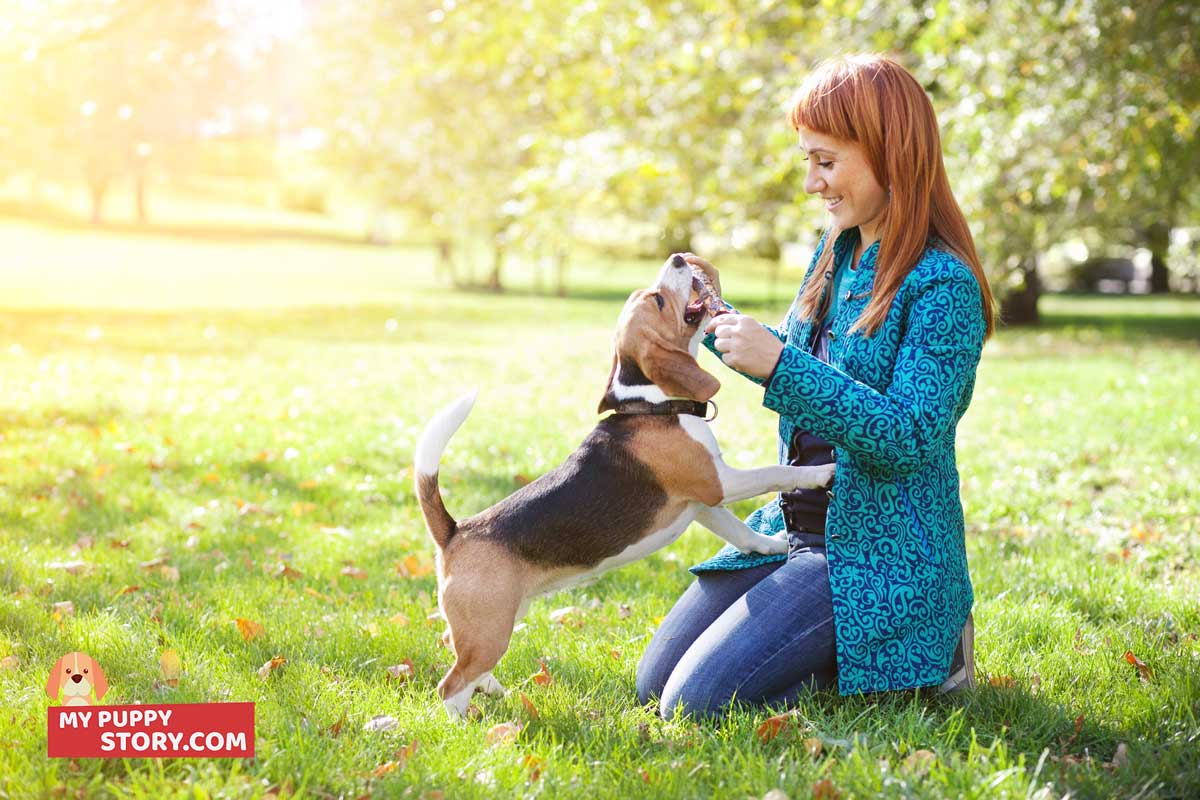
For most people, the default interpretation of a wagging tail is happiness and friendliness. Sure, this is often true, but not always. A dog uses its tail to give off a range of signals, some of which are easy to miss.
Dog breeds have different tail lengths, forms, and sizes. Ultimately, the type of tail a dog has influences his ability to express himself using his tail. This is particularly important to note since some breeders and owners perform tail docking on their dogs. It is not only often painful; it also impedes the ability of a dog to communicate properly with his tail.
Although, it may appear like he is waggling his tail, the signals he’d give with other body parts would be anything but friendly.
A dog using his hair to give a signal would do either of two things:
Dogs shed hair in copious amount when they are fearful or stressed. A typical instance where you’d notice this is during a visit to your vet. If your dog is nervous during one of these visits, you’d find that your dog’s hair would be all over the vet and the table.
Another way dogs respond when they are scared or nervous is to raise their hackles. The scientific term is piloerection. Both are fancy ways to refer to a dog raising his hair when he is aroused about something. You could compare it to a person having goose bumps.
Typically, the dog would raise the hair over the ridge where the shoulder blades meet (withers). But many dogs are capable of raising the hair all along their spine. Dogs raise their hackles to appear larger and would typically also release odor from glands in the hair follicles.
Piloerection could be an indication of a variety of emotional states—anger, uncertainty, excitement, fear, or insecurity about something.

Dogs use their body to communicate intentions by either appearing:
Normal
You’d expect a relaxed, contented, and happy dog to maintain their normal body size. He would relax his muscles in a normal fashion and balance his weight evenly on all four feet.
Even if he is in a good mood with quite a bit of bouncing or running with exaggerated movements, the relaxation of his muscles and facial expression will look natural.
Smaller
He’ll also attempt to avoid whatever is making him frightened. For example, if he is scared on an examination table, he will recoil away from the vet, preferring instead to lean into you.
Larger
Furthermore, he’d center his weight over his four feet or he’d leaning slightly forward on his front legs.
However, he’d typically center his weight over his front legs (unlike a curious dog that is careful). This is so he can make a quick dash or charge forward rapidly.
When a dog communicates with his body, he’d usually use more than one body part to send signals. This isn’t necessarily complicating the message, but expressing it better.
For example, a dog making a ‘submissive grin’ would lift up his lips vertically and display his front teeth. Solely considering this, it is possible to misinterpret the mouth positioning as a sign of aggressiveness. But, you’d better understand the signal of submissiveness when you observe other body parts—lowering of his head, squinting of his eyes, and yelping or whining.
This instance underscores why reading a dog’s body language should be done holistically. Even if the message is subtle, with careful attention to the primary parts used for non-verbal communication (and sometimes vocal forms of communication—barking, whining, et cetera) you can recognize and interpret the message.
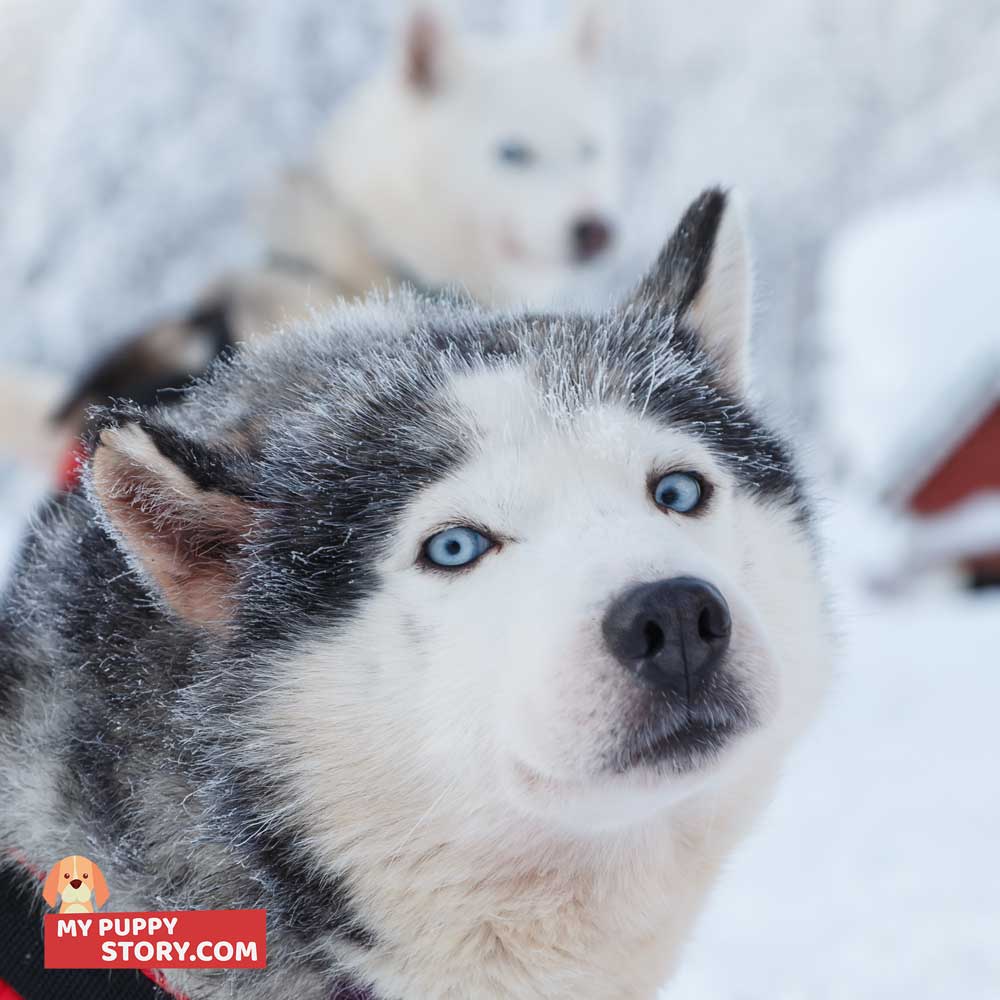
1. Happy, Playful
Relaxed, Contented, Happy, Playful
It is fun to be around a happy dog. There is no tension, his body is relaxed and fluid, nothing is unusual about his mouth or body posture, and the vibe you get is confidence, joy, and readiness for play and attention.
Observations
When playful, he might growl or make high-pitched barks.
When he is playful, you might notice a “play face.” This involves him opening the mouth partially to appear as though he is smiling.
He may also invite play or at least give indication that he is in a playful mood (and as such following actions shouldn’t be taken seriously) by making a “play bow.” This involves him bouncing with his forelegs on the ground and hind legs extended to make his rear stick up.
Body movements would be bouncy or jerky. He may also bounce in exaggerate twists, leaps, and turns. Jumping on you and mouthing aren’t ruled out. During play, he may have small body freezes.
Excited
This vibe is intense and similar to what you’d get off him when he is alert or playful. You’d notice that he is prepped for action.
Observations
2. Fearful, Nervous, Stressed
Discomfort, fearful, nervous, stressed
A nervous, fearful, or stressed dog would give off signals that serve either of two purposes:
Observations
His body may freeze briefly, or until the threat goes away or he decides to engage in fight or flight. You may also notice him shaking and he may have sweaty paws.
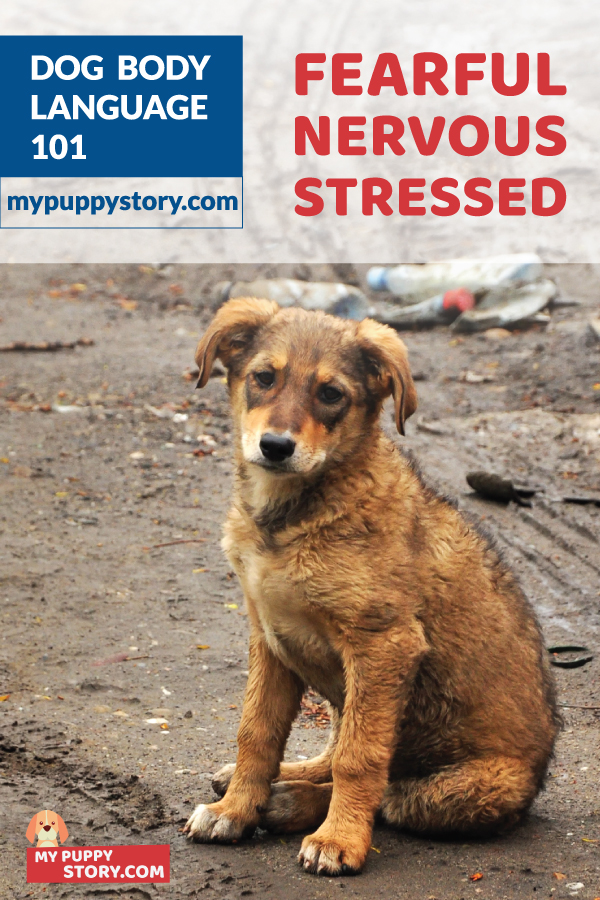 Fearful Aggressiveness
Fearful Aggressiveness
A fearfully aggressive dog has about the same appearance as a fearful dog. The fearfully aggressive stance is an escalation from just being fearful or an alternative response to appeasement.
Not all dogs will resort to aggression when they are fearful, but some will see that as the only available choice if he feels trapped with no obvious avenues for escape.
Body size will still be smaller and he’d continue to cower. However, he’d begin to show his teeth and might snarl or growl. Any bite or snap from him will be lightening quick, followed by an equally quick retreat as far away from the threat as he can get.
Some dogs would not bite until they notice the threat retreating, and then they’ll go at the threat in an attempt to nip from behind.
Displacement
In the face of a perceived threat, dogs may also engage in behavior that’d provide self-calm and/or divert attention to something else other than them. For instance, a dog sniffing the ground would get the threat to focus on the act of sniffing rather than the dog himself or any negative intention.
A dog may also engage in these behaviors when he desires an outlet to eschew pent up frustration or energy. Sometimes, displacement actions can be the underlying reason for exhibiting compulsive behaviors, such as excessive licking or spinning.
Observations
3. Aggressive
Dominance
A dog exhibiting dominant behavior wouldn’t appear assertive but not overly aggressive, although it can be a precursor to aggressiveness.
Observations
Dog Fears And Phobia And How To Overcome Them
Defensively Aggressive
A dog that encounters a perceived or actual threat would be either submissive or aggressive. Both are natural responses to ensure individual safety.
An aggressive dog typically gives off the “back off and let me be” vibe, and would often give lots of warning in a defensive posture to prevent physical altercation. You’d notice a mix of fearful and aggressive postures when a dog is defensively aggressive.
In general, this posture is sometimes a bluff, as the dog may opt to retreat if things escalate. However, for some dogs, the next course of action following this posture depends on the prevailing level of confidence and fear they feel.
Observations
How he centers his weight would depend on proximity to the threat and intention—to retreat, charge forward, or stand his ground.
Offensively Aggressive
The feeling of anger and confidence is often a potent cocktail to spark offensively aggressive body language.
The intention is clear; he is to give all he’s got in an all-out attack. After he lashes out, whether he continues or stops has little to do with the reaction of the focus (animal or person) of his attack.
Observations
4. Curious, Aroused
Curious, anticipatory
The natural response for a dog to any situation is to size it up to ensure safety. Curious body language oozes caution. And the degree to which a dog is curious depends on his confidence level.
You’d typically notice the dog keeping his mouth closed and he may cock his head to one side. Furthermore, he may lift his front paw in anticipation of what would happen next.
Alert
An alert dog isn’t necessary curious, at least not immediately. A dog is curious when he musters the confidence to explore the subject of his curiosity, after a brief moment of being at alert.
Understandably, the demeanor of an alert dog is to be focused and intense.
Observations
Aroused
When a dog gives off an aroused vibe, it is quite easy to confuse it as being alert or excited. For the most part, it isn’t an important distinction to make.
However, one instance where making the distinction is crucial is when the source of the arousal pushes a dog closer to feeling aggressive or frightened. In which case, his body language varies depending on how he feels—fearful, angry, or uncertain.
The reason why a dog is aroused may or may not be noticeable to you. For example, it could be an odor or sound that you can’t sense.
Observations
5. Appeasement, Submissive
Dogs would not always be happy, confident, defensive, or aggressive. Sometimes, they recognize their limitations and know their best option is to stand down and let the other party have his way.
A dog willing to make this concession would display appeasement, deference, displacement, or submissive behavior. In general, while a socially experienced dog and human receiving the signals would tolerate and reciprocate with appropriate signals, a less experienced dog would interpret the signals wrongly and instead reciprocate with inappropriate signals, such as dominant or aggressive behavior.
A dog may either engage in:
Active submission observations
Passive submission observations
